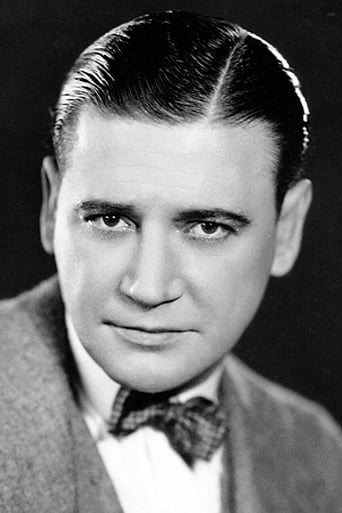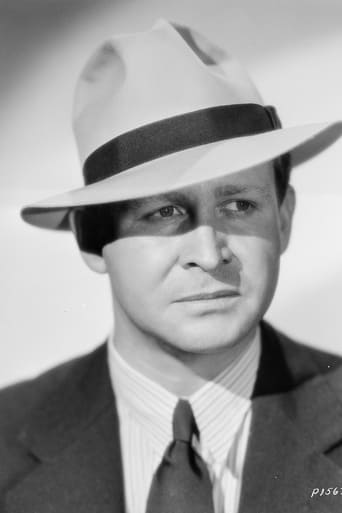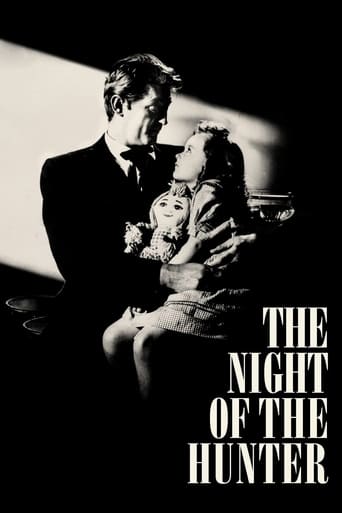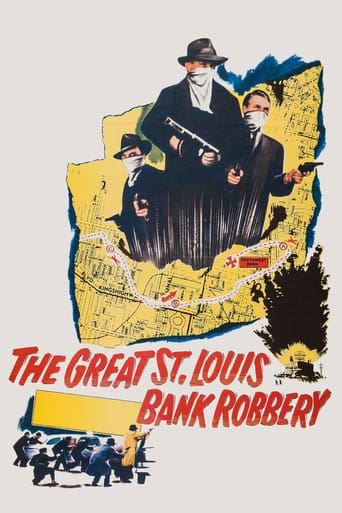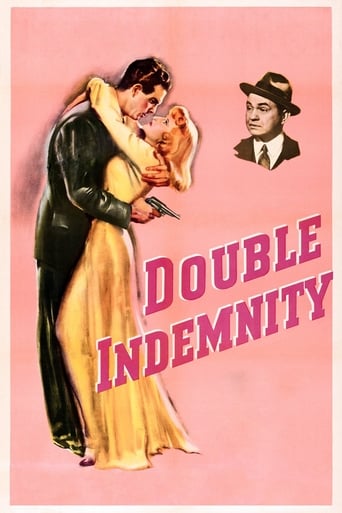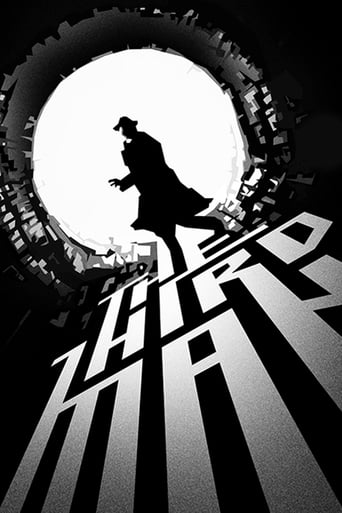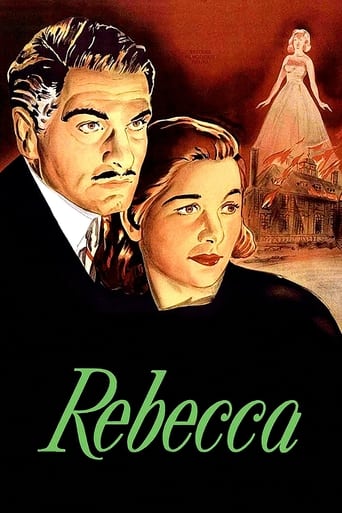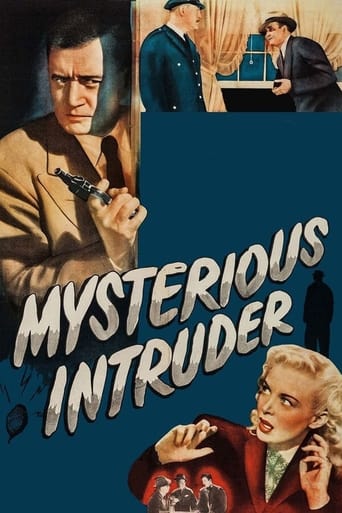
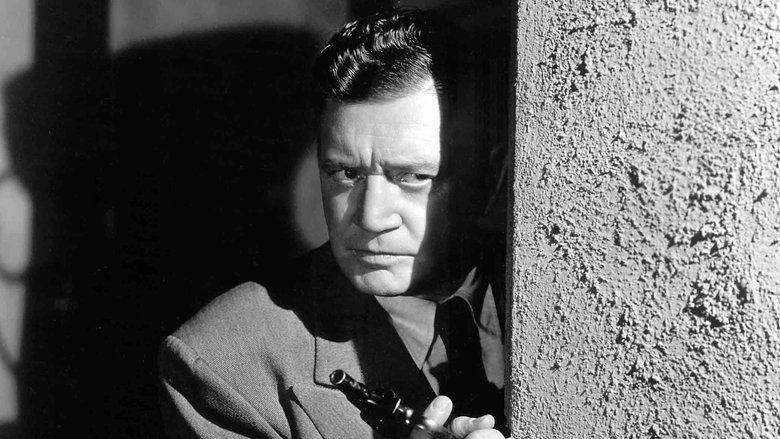
Mysterious Intruder (1946)
A private detective is hired to find a young heiress but finds himself accused of murder.
Watch Trailer
Cast
Similar titles
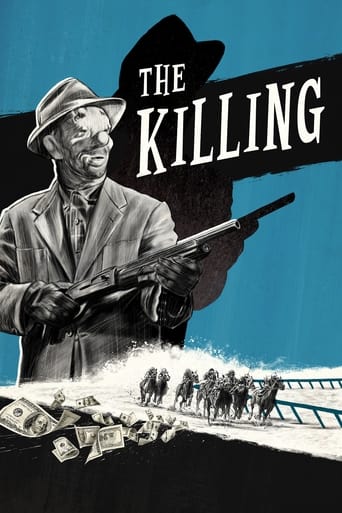
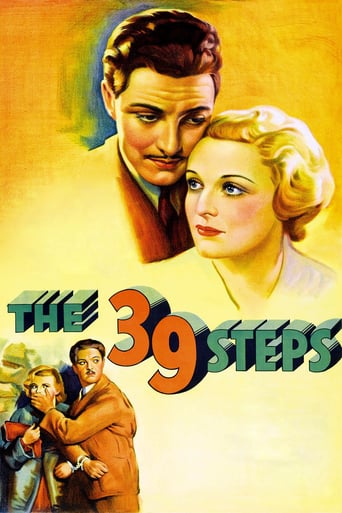
Reviews
What a beautiful movie!
Best movie ever!
Admirable film.
The first must-see film of the year.
Some great character actors liven up this convoluted entry in a series that started off intelligent and clever, and over the time has gotten full of itself to where much of the proceedings are incomprehensible. Murders surrounding a rare record shop and missing persons result in a lot of headaches in trying to keep up with what is going on. Some clever historical references add a bit of interest, but by that time, a momentary blink can cause one to loose track again. In this entry, Richard Dix is a cynical private investigator, often at odds with detectives Barton MacLane and Charles Lane, out to solve the sudden death of an elderly music store owner, the disappearance of the girl he was searching for, and the odd assortment of characters coming in and out searching for valuable musical artifacts. In addition to MacLane and Lane are Kathleen Howard, Regis Toomey and Mike Mazurki, but the intrusion of too many characters leads to a seeming dead end in the plot. Even at just over an hour, this gets puzzling and ultimately frustrating, especially after watching two previous entries in "The Whistler" series that showed its smarts. I can only guess that while whistling, that shadowy figure saw somebody sucking on a lemon, because this one is out of tune with previous entries in the series. This lacks the artistic genius of the cult director William Castle who moved from series writer to behind the camera.
The screenplay of MYSTERIOUS INTRUDER is by Eric Taylor, based on his own story "Murder to Music," which appeared in the May 1936 BLACK MASK magazine. Taylor was not one of the first tier BLACK MASK writers, and his work for the magazine varies in quality, but this was a good one, one of his best. At around 16,000 words, the story could have been transcribed to a 61 minute feature with little expansion, and Taylor 's screenplay generally follows his story, but there are numerous small changes and some major ones, and they're all for the worse. A story that originally made perfect sense is often trashed for minor effects. In the story one knows from the beginning that the first girl is the detective's stooge. Actually showing the scene where she meets the old man means that, to fool the audience, she has to be afraid of Pontos (the only character name retained from the story), which makes no sense, since in fact he's her accomplice. A strong moment of surprise in the story is when the detective suddenly accuses the fake girl of trying to get him killed. Taylor has carefully set up the relationship between the two so that the revelation has some punch. In the film it seems like just another meaningless plot twist. In the story, he has his secretary call in and say she's the real girl so that the phony will be released. In the movie, he himself tells the newspapermen, so of course the cops know he sent the phony. The latter part of the film diverges significantly from the story. The denouement of the story is a great scene where the detective seems to be in a bad spot, with the bad guys having their guns on him, but he calmly points out that they have limited options unless they want to kill off "half of San Francisco." And a significant point in the story is that they're not really professional tough-guy crooks except for their hired man Pontos, so the detective's sudden action play after he has them unnerved makes sense. The stooge girl isn't killed, and there's no final scene back in shop, and of course the detective is not killed and the rightful owner, the authentic girl, gets the recordings. There doesn't seem to be much point to the film's end. Having the recordings broken seems a little hard on the character of the innocent young girl who deserves a break. There are other plot flaws in the end of the film. It ends with the ironic note of the cops thinking the detective was guilty. But he had made a call to the cops before he died, so presumably when they get back to headquarters they'll know that he was on the level. Also, at the beginning of the film Pontos apparently takes the recordings with him, yet at the end they are found in the store. And the old storekeeper hadn't seemed aware that he or the recordings were in danger, so why would he hide them inside a base drum? Aside from being more logical, the original story has a more authentic atmosphere, and Taylor adds a number of telling, small details not in the film.One doesn't necessarily expect a strong plot from a series film like this, but in this case the author based the screenplay on his own tightly plotted, excellent story. But instead of following the story, he restructured it so there are plot flaws and loose ends. Ah, well.The best thing about the film, and the biggest surprise, is that Richard Dix is perfect as the sleazy, not-so-smart, PI; who would have thought it? It's nice to see Charles Lane on screen for more than 30 seconds, quite a rarity. And Castle doesn't do such a bad job with the script that he's given; the film is reasonably atmospheric and the pace is good. If you like series programmers this film should satisfy.
The fifth of the seven Richard Dix Whistler's is a complicated hard boiled affair, coming in at just under an hour with the usual high quota of dizzying plot twists to keep you on your toes. Although be warned if you've never seen it before the IMDb plot summary just about gives it all away, not the ideal thing to do with these films. Nicely noirish and a good print lend a doom-laden atmosphere which the excellent cast make the most of, and at warp speed.Seedy private eye Dix is hired by a trusting old shop owner to find his friend a missing girl who has an intriguing if extremely improbable present worth USD 200,000 awaiting her. From there it unravels in the best sleazy Chandleresque fashion, the sequence of events all logical and believable mostly. Favourite bits: Dix and his lady friend tracking down and finding manic Mike Mazurki's house at night; the greed in weak-willed but still a goodie Dix's eyes when the real Elora Lund shows up. Ker-ching! I believe the Whistler himself was never as amused as by the ending of this episode judging by his gleeful sneering at the end. Tremendous fun for the fan, one of my favourites in a series that never failed to deliver.
Here's another fine entry in Columbia's noirish Whistler series, the fifth chronologically, and fourth directed by soon-to-be schlockmeister William Castle. Like the first in the series, Castle imbues the film with an especially sleazy atmosphere. The shadowy b&w photography, threatening background detail and desperate lowlife characters evince a cynical view of the urban world, and the writers obliquely hint at sordid relationships and motivations which simmer below the surface of the story. Series lead actor Richard Dix, normally emotively challenged, gives a rather eccentric interpretation of a venal, socially inept gumshoe seeking a big score, who is ironically given the opportunity for redemption. Buffs will certainly savor the parade of iconic supporting actors like Mike Mazurki and Charles Lane. Much better than one would expect from a mystery series, this picture reflects the seamy side of life usually glossed over by the Hollywood veneer.
